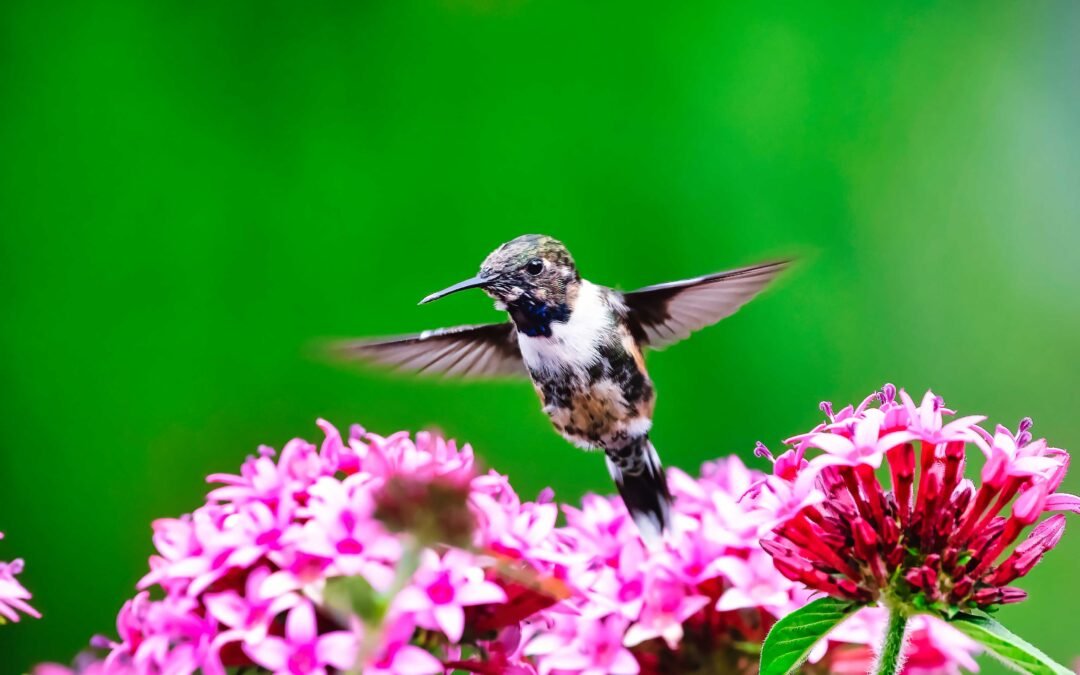Hummingbirds:
With vibrant colors and beautiful feathers, it’s hard to resist taking some photos of America’s most fascinating birds!
The group of hummingbirds has a neotropical origin (South America), but over time new species have emerged that have been moving towards the Nearctic region (North America).
In Colombia, there are 177 registered species: in Panama, 54, in Guatemala, 38, and only 20 reach the United States, some only touching the border limits of the country. However, the lower richness (number of species) sometimes implies a higher interest value due to its endemism.
In this short article, my objective is to discuss some alternative aspects that can give an incredible value to observing these species.
For amateur and professionals, hummingbirds represent the quintessential wild card for those who like to observe nature and take photographs. It can be obtained from the photo that only documents the observation, passing through the entire range of time inversion to achieve the light and the angles that allow the characteristic iridescent coloration and the ideal position of each species to be appreciated.
Species that may represent more giant trophies, such as those restricted to mountains, are more difficult as they are in dimly lit, cloudy sites full of branches and plants that make taking difficult. It is challenging to have the perfect set of photos of all the species showing their color and crest, throat, or tail plumage which sometimes also makes them characteristic.
Perhaps to enjoy those photos that did not come out as well and to enjoy a little more the observation that was made of an individual, we could analyze the biological aspects of the species we have observed. At the same time, this analysis probably gives us some conclusions and poses future challenges regarding these species.
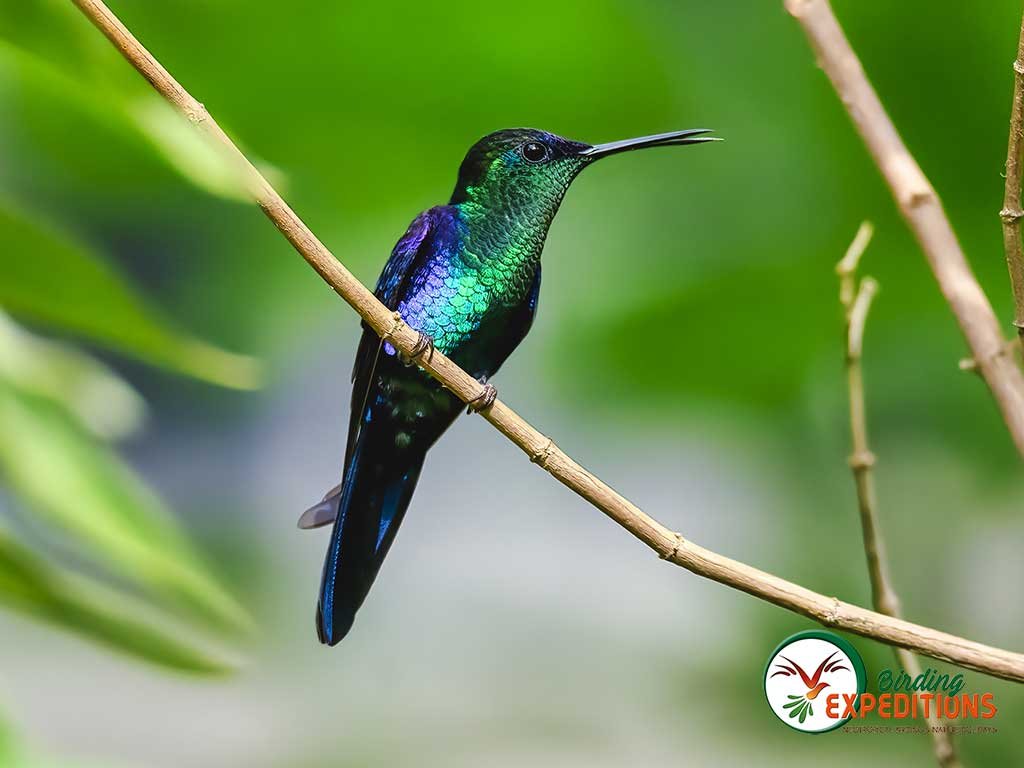
For this, I want to focus on three aspects: the speed with which hummingbirds flap their wings, the color of their radiance, and the characteristics of their beak.
Let’s take any photo, and we could ask ourselves: Is this a hummingbird that flaps its wings slowly or quickly? When referring to slow, we must consider that it is only a relative adjective since all species flap their wings many times per second. Large species beat them between 20 and 50 Hz, while small species beat them between 50 and 80 Hz. These numbers are only generalizations; for each species, it will be necessary to find the specific frequency.
Will it make sense then to adjust my capture rates to achieve what I want? According to our photographic team, we can probably set ourselves challenges on this topic.
Second, the photo where the iridescent color that usually gives the bird its name does not stand out is almost always neglected. However, this is due to relatively artificial factors that someone has defined.
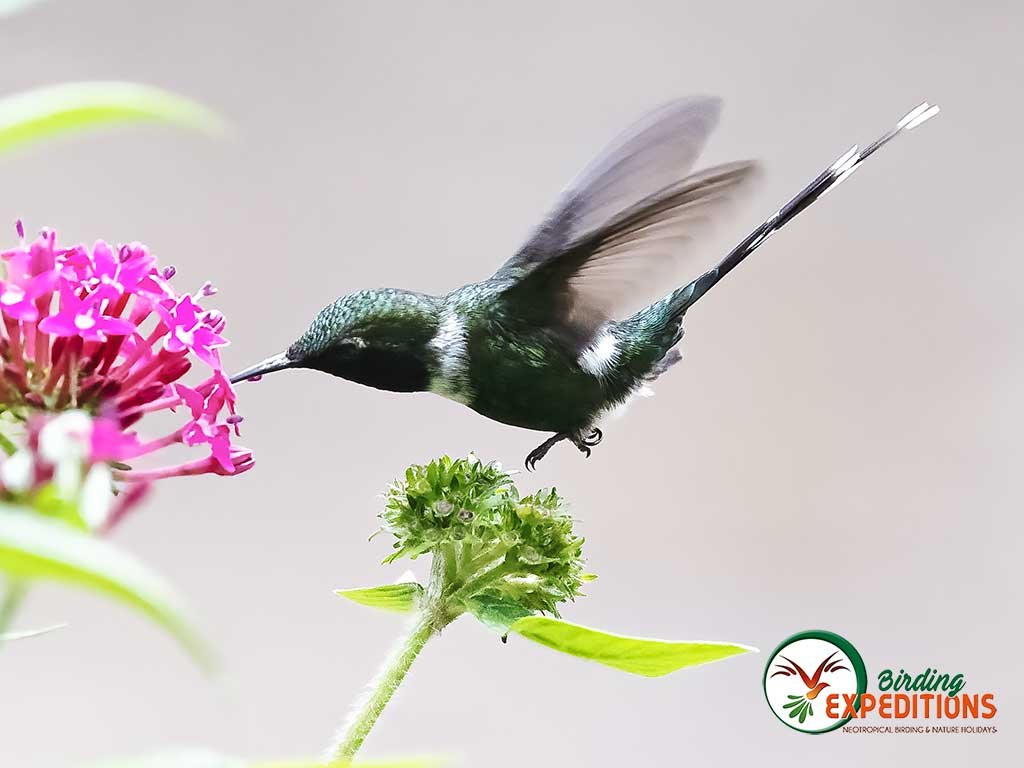
For example, when the Sparkling-tailed Woodstar is not photographed at the bluish “ideal angle,” its throat is rather green, and we are likely to disregard the photo.
When we take a picture of a Green-throated Mountain-gem, we despise it if it doesn’t show the ideal “green.” On the other hand, the female of the Sparkling-tailed Woodstar is a brown color, and probably the photos of her are not as appreciated as those of the males.
We overestimate the predefined characteristics that give the species their names when we could understand other natural facts documented as evident characteristics of a species or the point of having written pairs of some species, ages, molts, nests, predators, etc.
The physical phenomenon of hummingbird coloration is a long and deep topic that could be dealt with in another note.
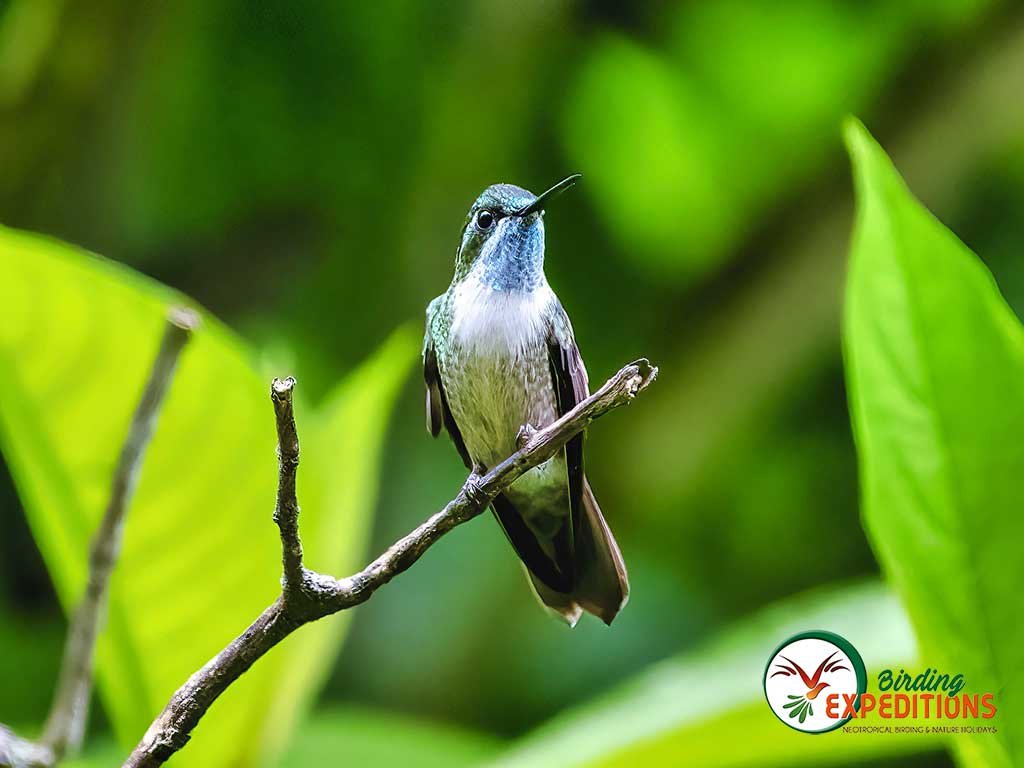
Lastly, hummingbirds have a beak of a specific size and shape. Straight and curved beaks, short or long, are adapted to a particular context. The short, straight bill of a Garnet-throated Hummingbird is not used for the same purpose as that of a White-eared Hummingbird.
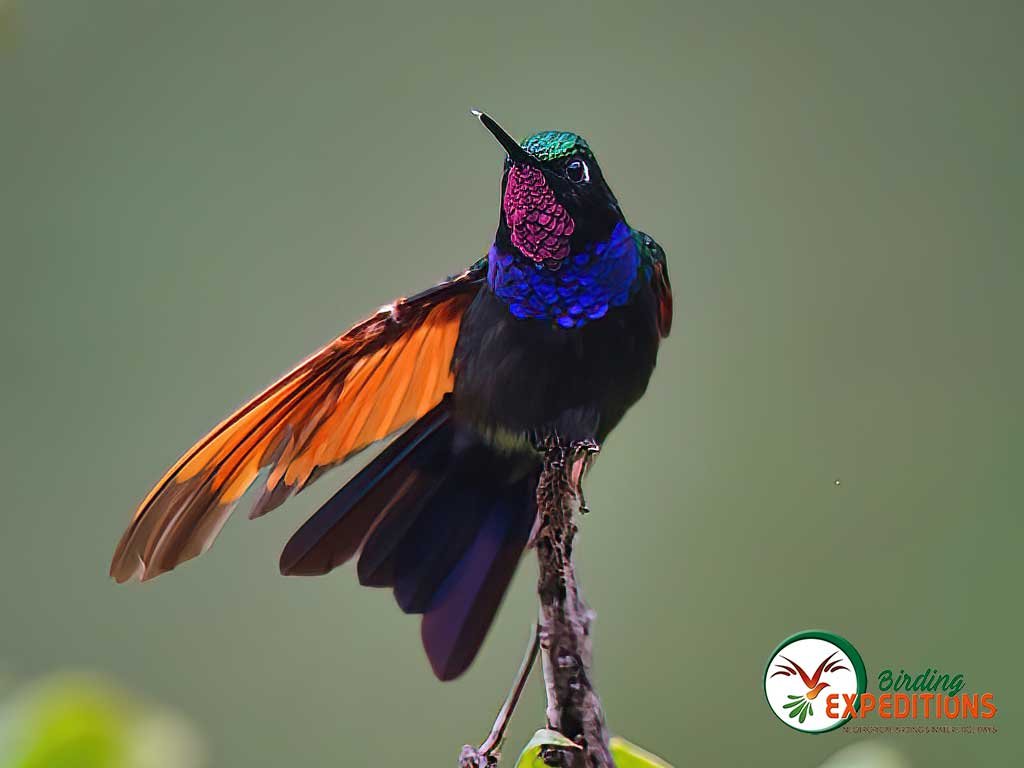
While one may specialize in certain tree plants, the other takes advantage of shrubby plants. Some medium-billed hummingbirds like the Azure-crowned hummingbird are said to be less specialized and take advantage of the full range of flowers that other short or longer bills cannot. There are also records of hummingbirds that, instead of accessing the nectar through the natural pathways of the flower, pierce the base and therefore do not need such a long break.
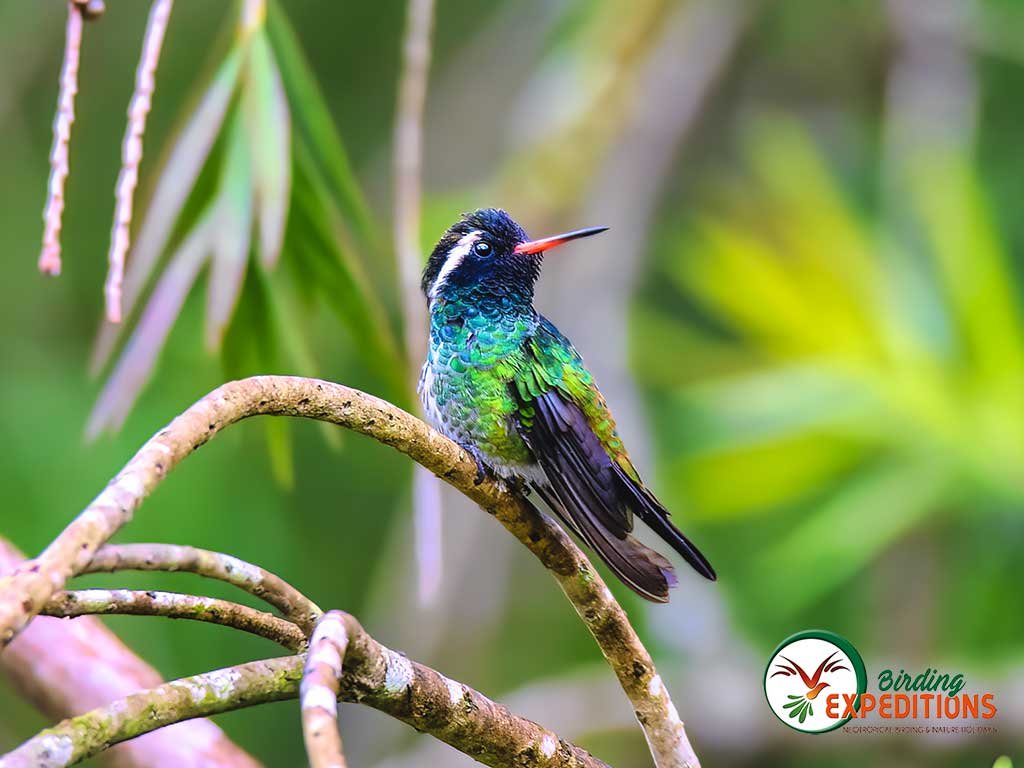
Perhaps we should stop to think if any of those photos despised for their composition or color is documenting some incredible fact of the biology of a species.

